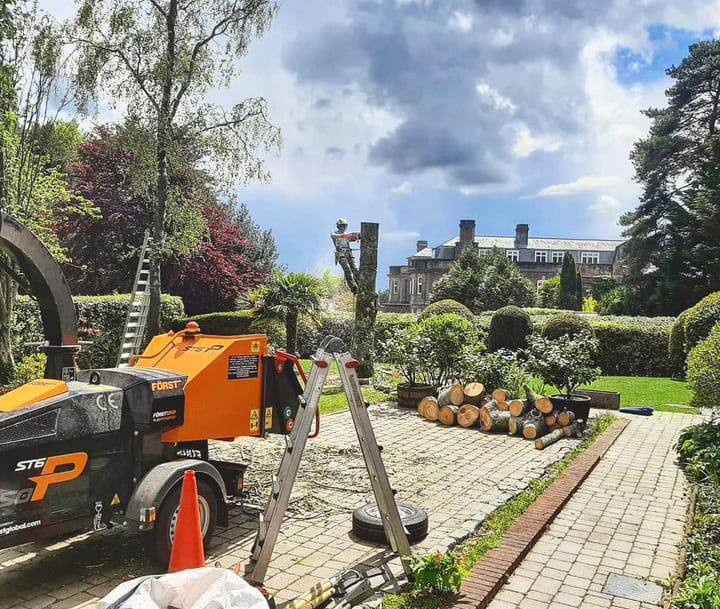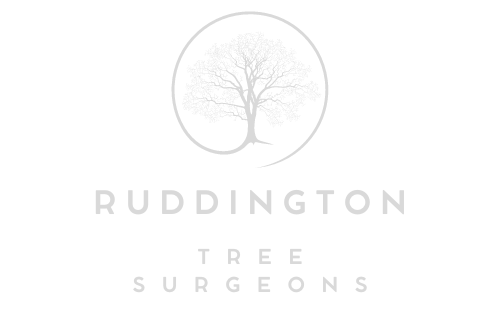How to Assess Whether Your Tree Needs Crown Reduction
Introduction: Crown reduction is a crucial aspect of tree care that helps maintain tree health, safety, and aesthetics. Knowing when and why to consider crown reduction can prevent potential hazards and enhance the beauty of your trees. Here’s a guide to help you assess whether your tree needs crown reduction:
- Safety Considerations
Safety is a primary reason for crown reduction. Overgrown tree crowns can pose risks, especially during storms or high winds. Signs that your tree might need crown reduction for safety reasons include:
- Dead or Diseased Branches: If your tree has dead or diseased branches within its crown, they risk falling and causing damage or injury.
- Structural Weakness: Trees with structurally weak branches, including bark or tight crotches, are more prone to breakage.
- Proximity to Structures: If branches encroach upon buildings, power lines, or pathways, they may need pruning to prevent potential hazards.
- Aesthetic Considerations
Beyond safety, crown reduction can enhance the appearance of your trees and landscape. Signs that your tree might benefit from crown reduction for aesthetic reasons include:
- Overcrowded Canopy: A dense and overgrown canopy can obscure views, block sunlight, or create a cluttered appearance.
- Unbalanced Growth: Trees with uneven or asymmetrical growth may benefit from crown reduction to restore a more balanced and pleasing shape.
- Improved Tree Health: Pruning can improve air circulation and light penetration within the canopy, promoting tree health and vigour.
- Assessing the Tree’s Vitality
Before deciding on crown reduction, assess your tree’s overall health and vitality. Signs of poor tree health that may indicate the need for pruning include:
- Leaf Discolouration: Yellowing, browning, or prematurely dropping leaves can signal stress or disease.
- Sparse Foliage: Insufficient foliage density or thinning canopy may indicate underlying health issues.
- Stunted Growth: Slow growth or lack of new growth compared to previous years may indicate nutrient deficiencies or environmental stressors.
- Consulting with a Professional Arborist
If you’re unsure whether your tree requires crown reduction, consulting a professional arborist is advisable. Arborists are trained to assess tree health, identify potential risks, and recommend appropriate pruning techniques. They can provide expert advice tailored to your specific tree species and local conditions.
- Timing of Crown Reduction
The timing of crown reduction is crucial for the tree’s health and recovery. Crown reduction should generally be performed during the dormant season (late autumn to early spring) to minimise stress and maximise recovery. However, certain species may have specific timing requirements, so consulting with an arborist is recommended.
Conclusion: Assessing whether your tree needs crown reduction involves considering safety, aesthetics, and overall health. By evaluating potential risks, observing the tree’s growth patterns, and consulting with a professional arborist, you can make informed decisions to enhance your trees’ safety and beauty.
Call us on: 0115 647 1186
Click here to find out more about Ruddington Tree Surgeons
Click here to complete our contact form and see how we can help you with your tree’s needs.

